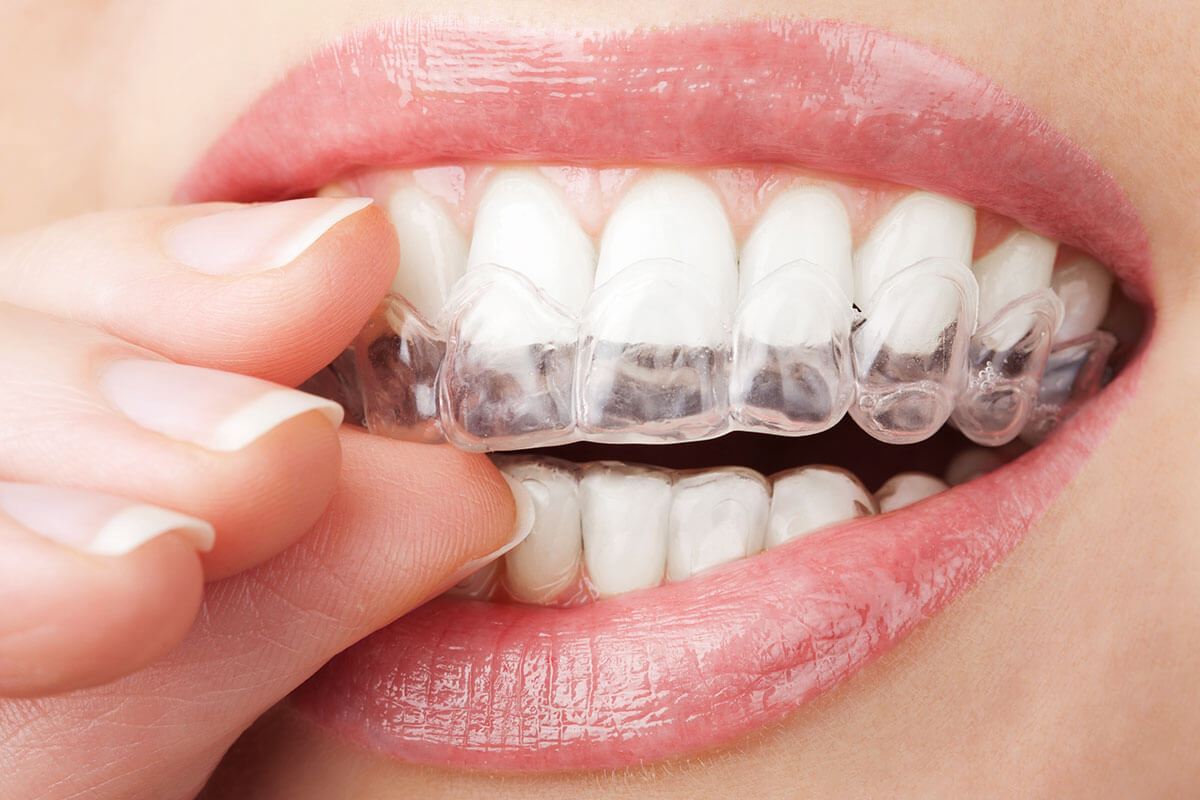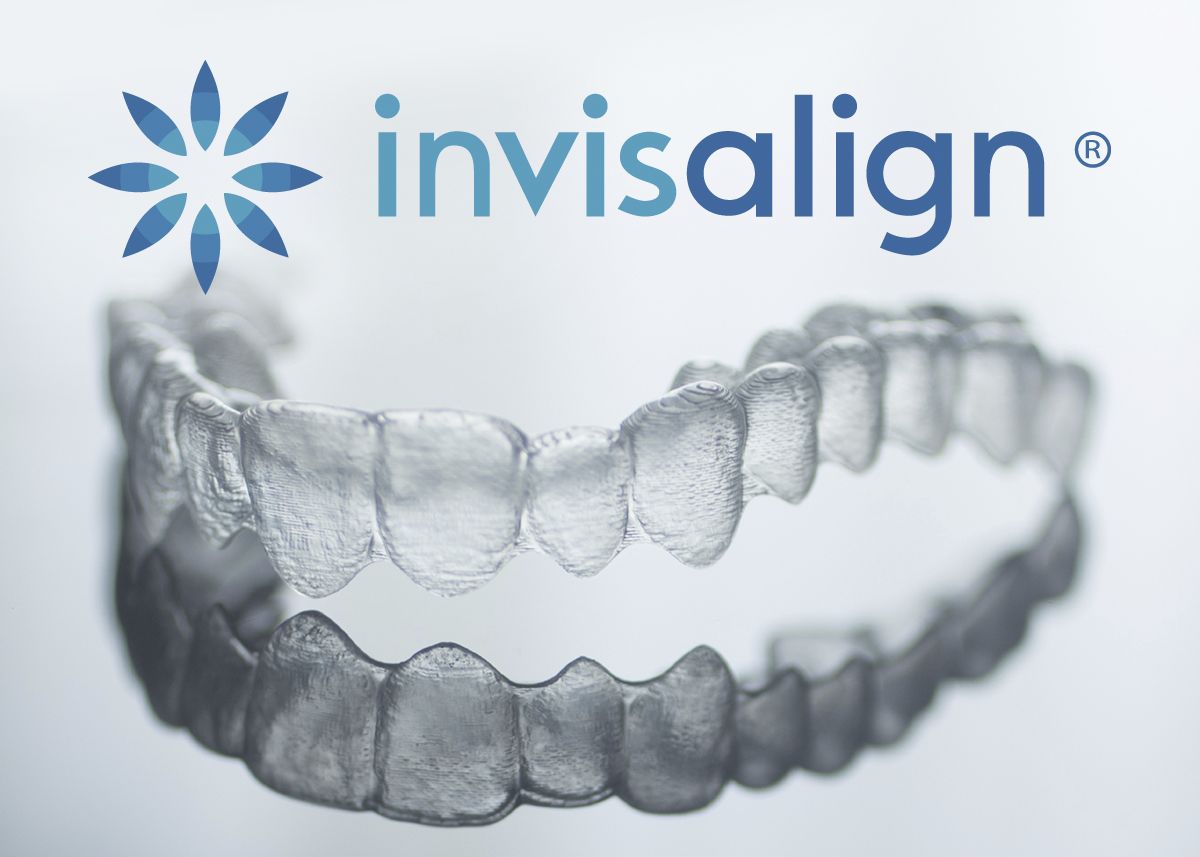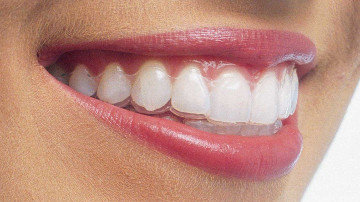The Price of Invisalign: Comprehending the Investment in Your Smile
The Price of Invisalign: Comprehending the Investment in Your Smile
Blog Article
Invisalign vs. Typical Braces: Which Option Is Right for You?
When taking into consideration orthodontic treatment, the selection in between Invisalign and conventional dental braces offers numerous vital variables that warrant careful analysis. Invisalign offers a very discreet alternative with removable aligners, while conventional braces give a more visible yet effective solution for severe misalignment.
Review of Treatment Choices

In comparison, traditional dental braces contain metal brackets and wires that are adhered to the teeth. This technique applies continuous pressure in time to attain placement. While effective for complicated orthodontic concerns, conventional dental braces call for regular check outs for changes and can pose obstacles in preserving dental hygiene as a result of the trouble of cleaning around cables and braces.
Both options have their qualities, and the choice frequently hinges on particular oral conditions, way of life preferences, and individual conformity. Inevitably, speaking with an orthodontic specialist is essential for identifying the most appropriate treatment plan tailored to individual demands. Comprehending the nuances of each option can substantially affect the total success of orthodontic treatment.
Aesthetic Considerations
A substantial variable affecting the selection in between Invisalign and typical dental braces is the aesthetic charm each treatment provides. Invisalign aligners are crafted from clear plastic, making them practically undetectable when used. This discreet appearance is specifically interesting young adults and grownups who may feel uncomfortable about their orthodontic treatment. The capacity to keep an all-natural smile throughout the placement procedure can significantly boost the person's self-confidence in social and professional setups.
In contrast, standard braces include steel braces and cables, which can be a lot more recognizable. While developments in orthodontic technology have actually caused the advancement of smaller braces and colored elastics, traditional braces still keep an even more noticeable profile. For some individuals, the visibility of braces might hinder them from looking for needed therapy.
Eventually, the selection in between Invisalign and typical braces might rest on individual choices concerning aesthetic appeals. People who prioritize discernment typically favor Invisalign, while those who are less worried concerning exposure might opt for traditional braces. Comprehending the visual effects of each choice is crucial for making a notified decision that aligns with one's way of living and choices.
Comfort and Convenience

In regards to benefit, Invisalign aligners are detachable, allowing patients to appreciate their favored foods without limitation and maintain ideal dental health. Cleaning and flossing are streamlined, as the aligners can be obtained throughout these regimens, whereas traditional dental braces call for careful maneuvering around brackets and wires.
Additionally, Invisalign's progressive system enables for fewer orthodontic brows through. People generally receive several moved here collections of aligners at the same time, which can simplify the treatment procedure and decrease time spent in the orthodontist's chair. In contrast, traditional dental braces necessitate routine changes, making them much less hassle-free for those with busy routines. Invisalign. In general, the convenience and comfort of Invisalign make it an attractive selection for lots of people seeking orthodontic therapy.
Treatment Period and Performance
While both Invisalign and typical braces are efficient in correcting dental misalignments, the period of therapy can differ significantly in between both choices. Typically, Invisalign therapy can take anywhere from 12 to 18 months, depending upon the intricacy of the case. The clear aligners work by slowly moving teeth right into their wanted placements, and regular follow-ups with an orthodontist assistance make certain progress remains on track.
In contrast, standard dental braces often need a longer dedication, usually ranging from 18 months to three years. This is due to their fixed nature and the use of cables and braces, which can be extra effective for severe misalignments and intricate instances (Invisalign). The therapy effectiveness of traditional braces is well-documented, as they permit accurate modifications and higher control over tooth activity
Inevitably, the selection in between Invisalign and traditional braces might rest on both the awaited treatment period and the certain dental problems at hand. Consulting with an orthodontist is vital, as they can give customized suggestions based upon specific requirements, making certain the picked technique lines up with desired durations and end results.
Expense Comparison and Insurance Coverage Choices
Cost plays a significant function in the decision-making procedure for people taking into consideration orthodontic treatment, whether choosing Invisalign or typical braces. Generally, the cost of Invisalign arrays from $3,000 to $8,000, while conventional dental braces normally cost between $2,000 and $6,000. Variables affecting these expenses include the intricacy of the instance, the period of treatment, and geographical area.
Insurance policy coverage can considerably affect out-of-pocket expenditures. Lots of oral insurance policy plans give partial insurance coverage for orthodontic therapies, yet the specifics can differ extensively. It is crucial for clients to assess their insurance coverage to determine the degree of insurance coverage for either alternative. Generally, traditional braces may be extra often covered by website here insurance policy strategies compared to Invisalign, which some insurance providers classify as an aesthetic procedure.
In addition, several orthodontic practices provide versatile layaway plan, making both treatment alternatives more easily accessible. Individuals must make inquiries regarding prospective funding alternatives and price cuts for ahead of time settlements. Assessing the overall expense, including insurance coverage advantages and layaway plan, is essential for making an informed decision that aligns with both aesthetic choices and budget factors to consider.

Conclusion
In summary, the recommended you read choice between Invisalign and conventional braces rests on multiple factors, including visual choices, convenience, treatment duration, and cost. Invisalign uses a discreet, removable alternative that facilitates dental health and dietary adaptability, while traditional dental braces might be better for complex oral problems and usually come with a lower rate factor. Eventually, assessment with an orthodontist is vital to assess specific scenarios and figure out the most suitable therapy choice for accomplishing optimum oral alignment.
When thinking about orthodontic therapy, the choice in between Invisalign and standard braces provides numerous important factors that merit careful evaluation.Contrasting Invisalign and traditional dental braces reveals unique therapy choices for orthodontic modification.While both Invisalign and conventional dental braces are effective in remedying dental imbalances, the period of treatment can vary significantly in between the two choices.Price plays a considerable duty in the decision-making process for people considering orthodontic therapy, whether choosing for Invisalign or typical braces.In summary, the selection between Invisalign and typical braces hinges on several variables, consisting of visual preferences, convenience, therapy period, and cost.
Report this page